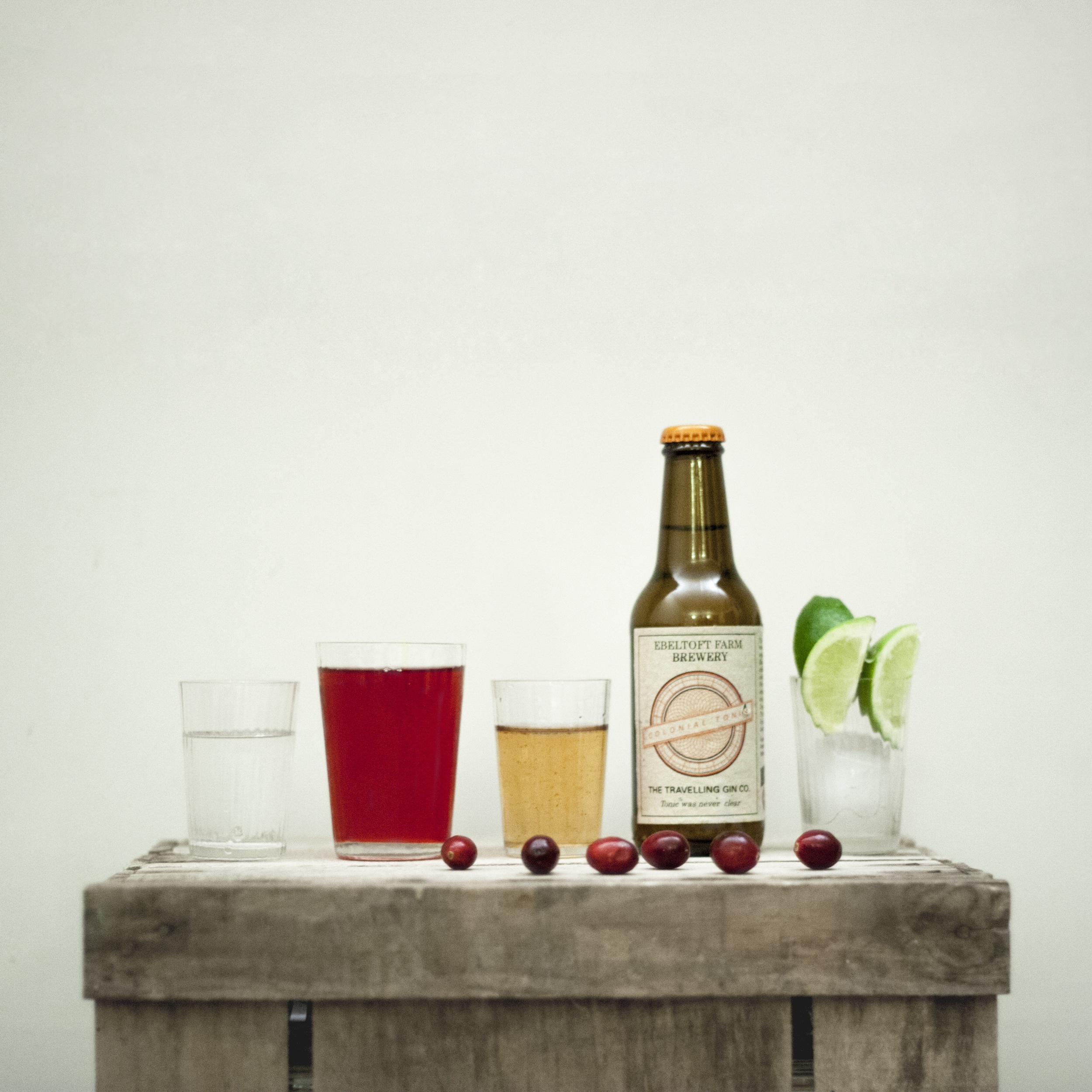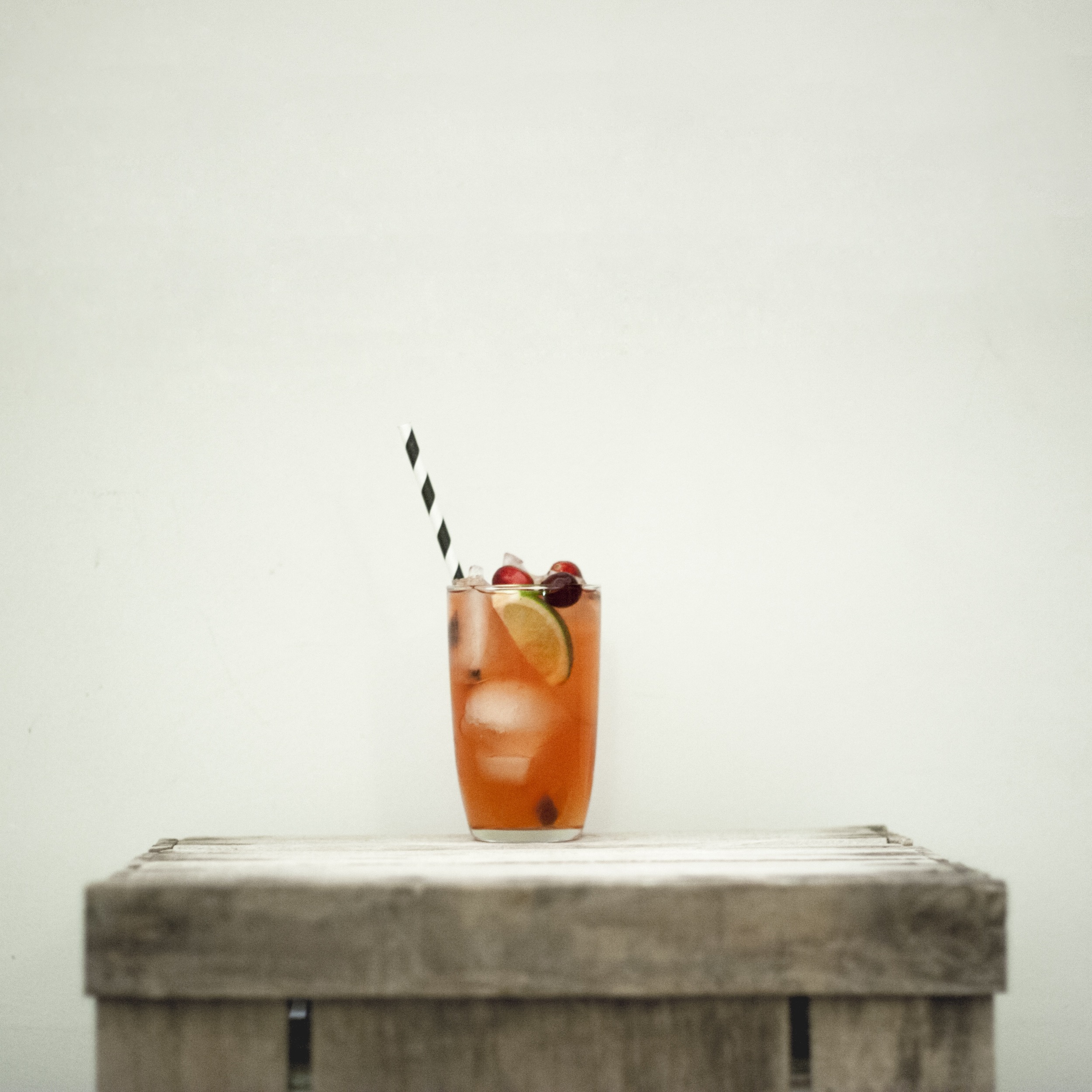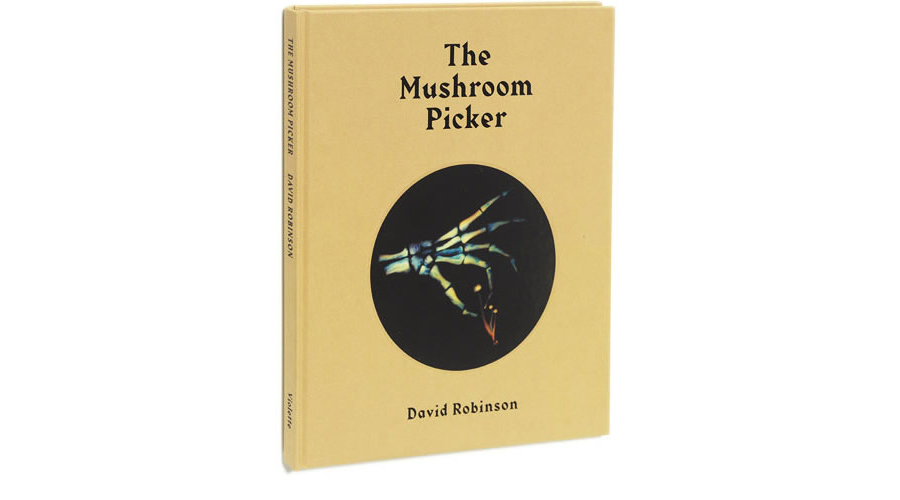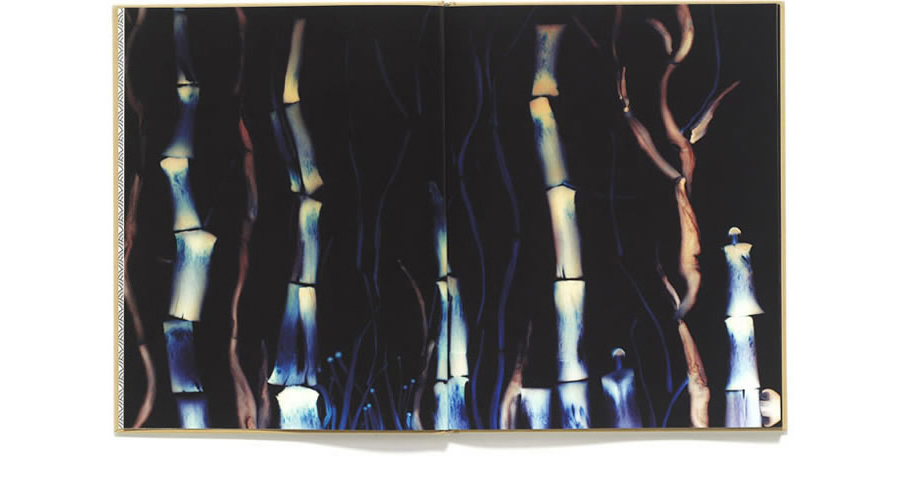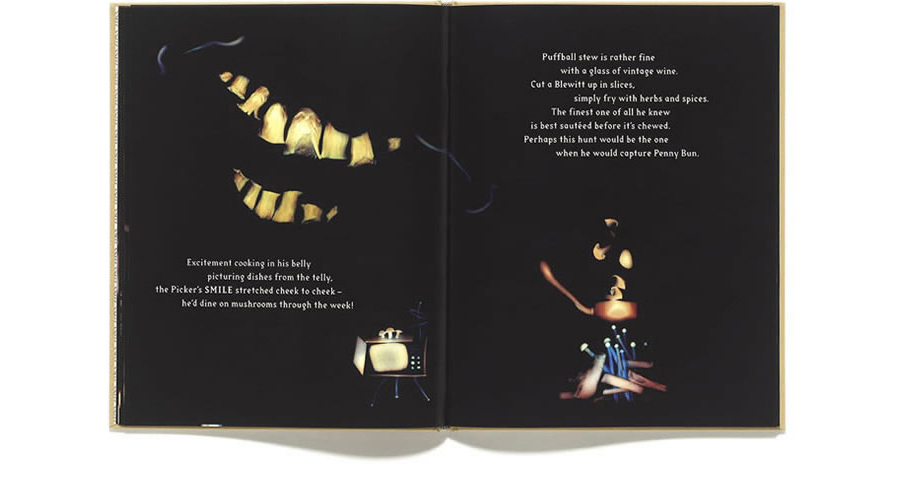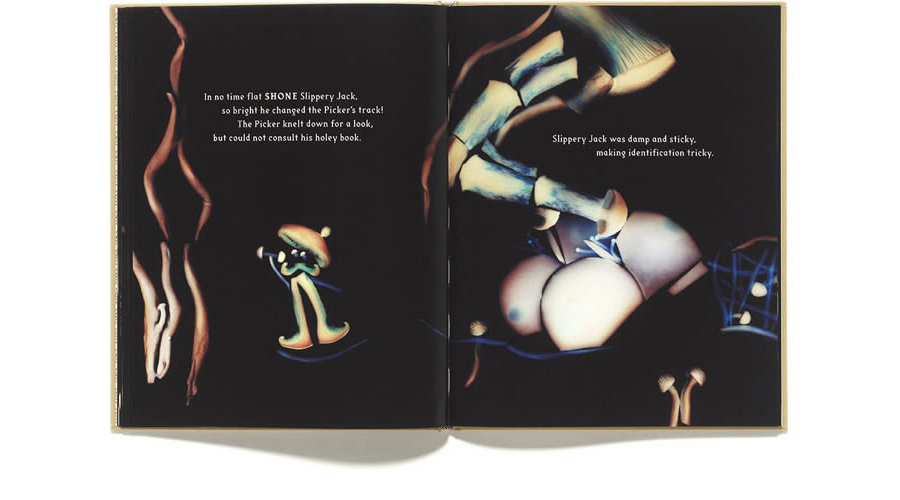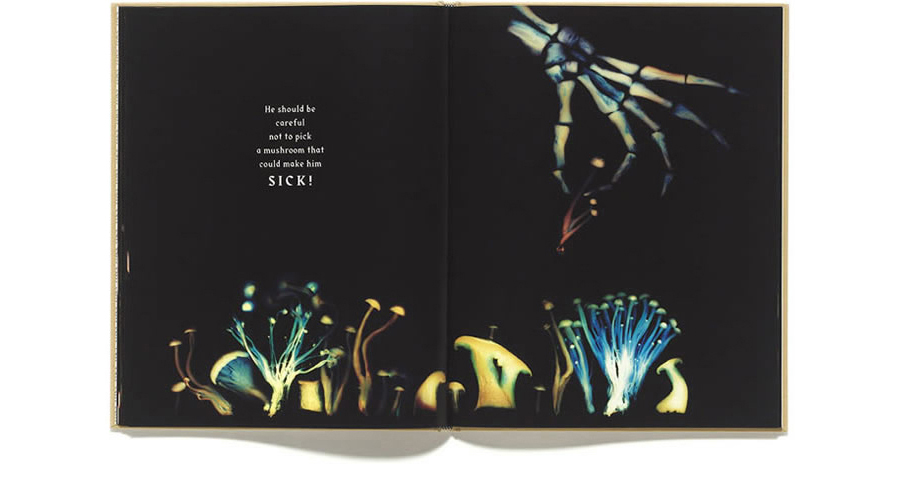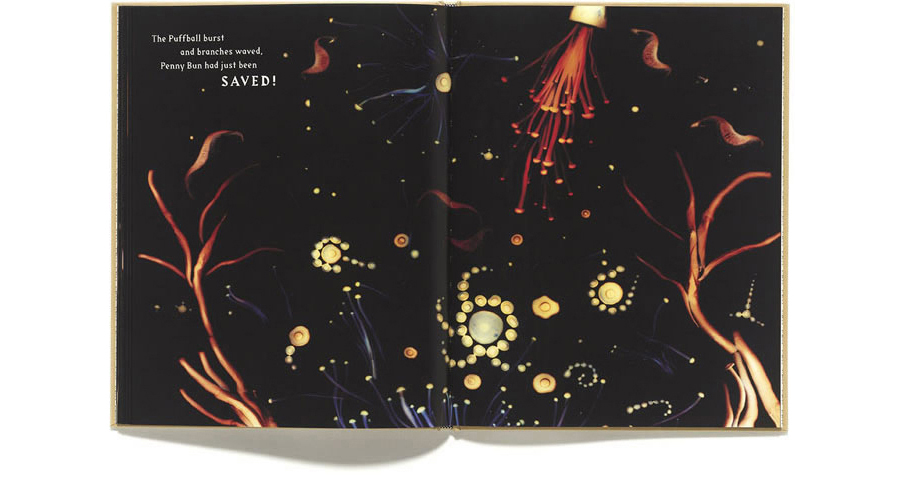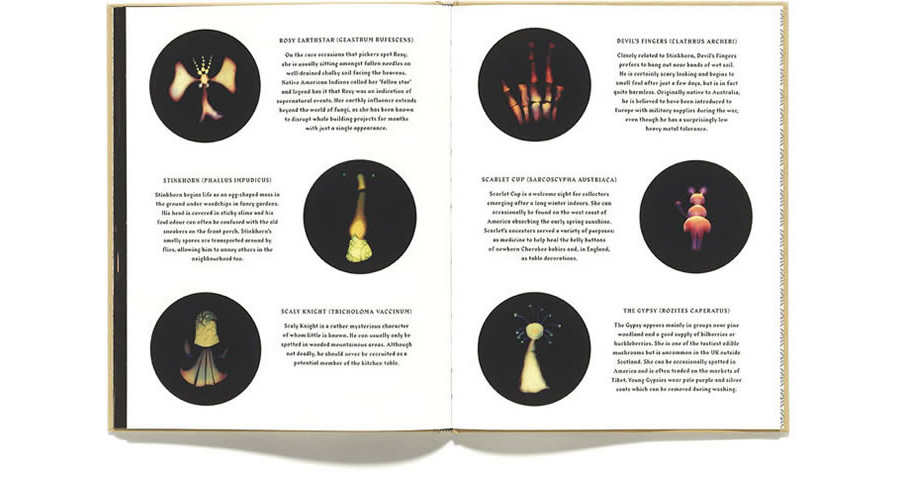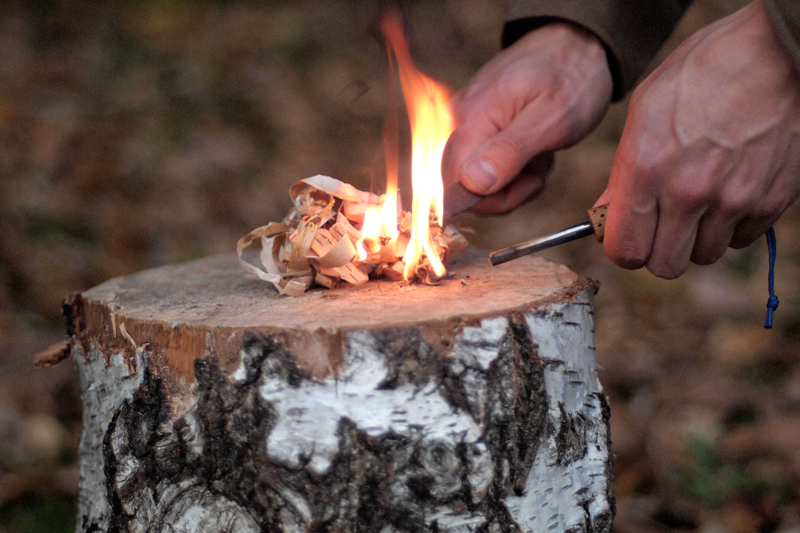Supper club chef Dorian Kirk shares his favourite pancake recipes from both sides of the border.
I loved Pancake Day as a kid. Mum used to make mounds of them, served just simple with lemon and sugar. But there are so many versatile recipes you can use with a pancake as the base. Below are just two different styles of pancake you can make tonight, one classic Scottish recipe with smoked salmon and horseradish and a hearty English dish with goat's cheese and butternut squash.
Scottish pancakes with smoked salmon, horseradish Crème fraîche, watercress and pickled beets.
Scottish pancakes with smoked salmon, horseradish crème fraiche, watercress, pickled beets
Pancakes
125g self raising flour
100g wholemeal self raising flour
2 large free range eggs
300ml milk
2 tbsp horseradish sauce
Pinch of salt
Garnish
4 small whole beets
600ml water
200ml red wine vinegar
75g caster sugar
5g salt
Horseradish crème fraiche
200ml crème fraiche
2 tbsp horseradish cream
1⁄2 a lemon squeezed
Salt & pepper
Serve with smoked salmon and watercress
Place beetroots into a pan and cover with water, bring to the boil and simmer until a knife goes through with ease. Drain and keep the beet water. Whisk the sugar, salt and vinegar into the hot Beet water. Peel the beetroots once cooled and slice into wedges and submerse in the pickle mix.
Whisk the flours, eggs, milk, salt and horseradish sauce into until smooth. Place a large heavy-base frying pan over a medium heat and lightly butter the pan. When the pan is hot, drop dessertspoons of batter into the pan to make four small pancakes.
After 1 1⁄2 minutes, you will see bubbles forming on the surface of each pancake, flip them over and cook for a further 1 minute, so that no batter oozes out when lightly pressed.
Remove the pancakes to a wire rack and cover loosely with a clean tea towel. Continue making the Pancakes until all the batter is used up.
For the topping, mix the crème fraiche with the horseradish and lemon juice in a bowl and season to taste, with sea salt and freshly ground black pepper.
To finish, place the pancakes onto plates, top with a spoonful of the horseradish cream, slices of salmon, the watercress and pickled beets.
English pancakes with butternut squash, walnuts and chill, soused leeks, tarragon goat's cheese and rocket.
English pancakes with butternut squash, walnuts and chilli, soused leeks, tarragon goat’s cheese and rocket
Pancakes
140g plain flour
Pinch of salt
200ml whole milk
2 large free range eggs
25g melted unsalted butter
1⁄2 red chilli, finely chopped
Squash
600g butternut squash, diced
3 sprigs of thyme
50g butter
50g walnut pieces
1⁄2 red chilli, finely chopped
Salt and pepper
Dash of oil
Soused leeks
3 small leeks, diced
75g butter
20g parmesan, grated
2 tbsp crème fraiche
1 1⁄2 lemons, juiced
1 tbsp chopped parsley
Tarragon goat’s cheese
125g fresh goats cheese
3 sprigs of tarragon, chopped
100ml double cream
200g rocket
Sift the flour and salt into a bowl and making a well in the middle. In a jug mix the chilli, milk and water together. Break the eggs into the well and whisk slowly. Add the chilli, milk and water, whisking constantly and gradually incorporating the flour until the batter is smooth. Set aside to rest for 30 mins, and then whisk in the melted butter.
Place the butternut squash into a hot pan with the thyme, butter, oil, seasoning and chilli. Keep moving it ensuring it cooks through, before adding the walnut pieces and placing to one side.
Next place the diced leeks into a pan with the butter and seasoning, cook down on medium heat until the Leeks are cooked but keep their colour, add the rest of the ingredients, and set aside.
For the goat’s cheese, blitz all of the ingredients until smooth, thinning with milk if needed.
Heat a lightly greased frying pan over a medium heat. Using a ladle, pour roughly 2 tbsp of batter into the pan and swirl it around so the bottom of the pan is evenly coated. Cook the for about 45 seconds on one side until golden and then flip the pancake over and cook the other side for about 30 secs until it freckles. Stack and repeat until all of the batter is used.
To finish stack the pancakes on to plates and serve with the leeks, squash, goat’s cheese and rocket.







